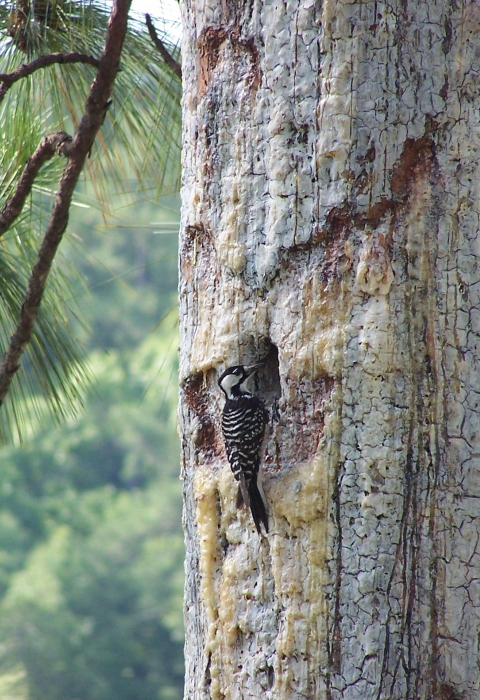About this Collection
Section 10 of the Endangered Species Act (ESA) provides exceptions for the take of listed plant and animal species resulting from activities that would otherwise be considered unlawful and prohibited. With some exceptions, the ESA prohibits take resulting from activities affecting these protected species and their habitats unless authorized by a permit from the U.S. Fish and Wildlife Service (Service) or the National Marine Fisheries Service (NMFS). Permitted actions are designed to be consistent with the conservation and recovery of the species.
What are the different types of permits?
The Service's Ecological Services Program, located in each of our regional offices, issues permits for native endangered and threatened species, except for import or export permits, which are issued by the Service’s International Affairs Program, Division of Management Authority. NMFS also issues permits involving certain aquatic species. Permits issued by the Service's Ecological Services Program are of three basic types:
- Incidental take permits may be sought when a non-federal entity believes their otherwise lawful activities may result in take of endangered or threatened animal species. The permit may include non-listed at-risk species. A habitat conservation plan must accompany an application for an incidental take permit. Among other requirements, the habitat conservation plan supporting the application ensures that the impacts of the authorized incidental take are adequately minimized and mitigated.
- Enhancement of survival permits are issued to non-federal property owners participating in conservation benefit agreements. This agreement type encourages property owners to take actions to benefit species while also providing assurances that they will not be subject to additional regulatory restrictions as a result of their conservation actions and ongoing land management.
- Recovery and interstate commerce permits are issued to allow for take as part of activities intended to foster the recovery of listed species. A typical use of a recovery permit is to allow for scientific research on a listed species to better understand the species' long-term survival needs. Interstate commerce permits also allow transport and sale of listed species across State lines (e.g., for purposes such as a breeding program).
